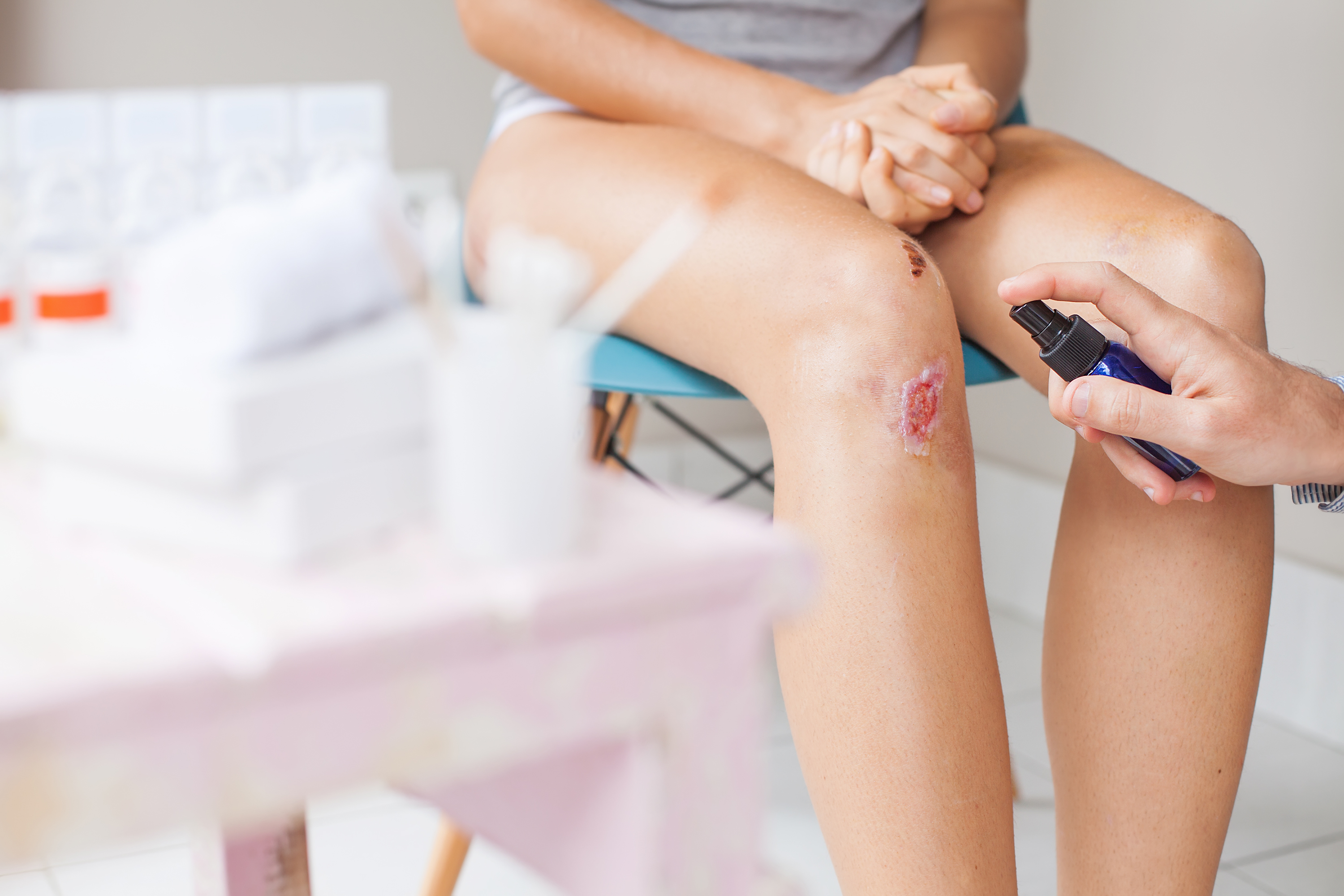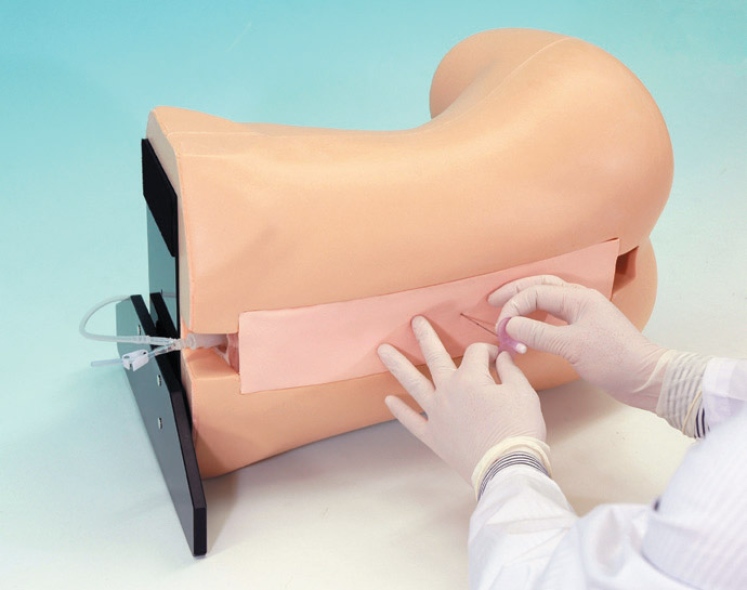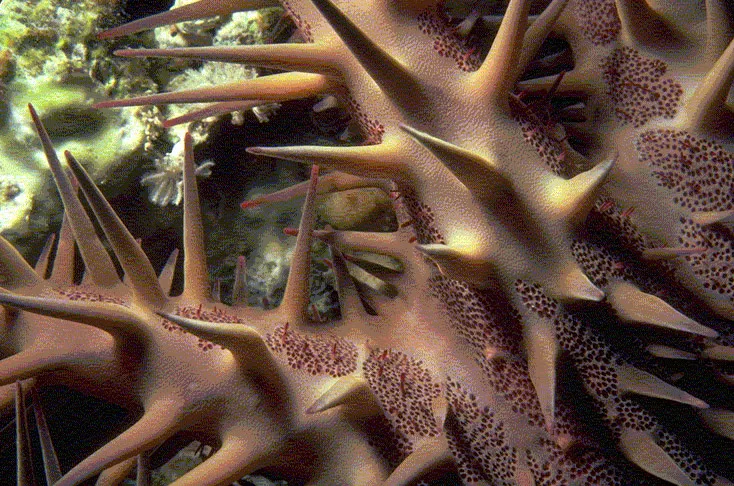Thorn Puncture Infections: Understanding Risks, Symptoms, and Treatments
What are the risks of thorn puncture infections. How can bacterial and fungal infections occur from rose thorns. What are the symptoms and treatments for sporotrichosis, thorn-induced synovitis, and mycetoma. How to protect yourself when handling roses or gardening.
The Hidden Dangers of Rose Thorns: More Than Just a Prick
Roses, with their stunning blooms and fragrant petals, have long been symbols of beauty and love. However, lurking beneath this allure are sharp protrusions commonly known as thorns. While botanists may refer to these as prickles due to their origin in the plant’s outer layer, their potential to cause harm remains the same.
These sharp structures can easily penetrate human skin, acting as a conduit for various infectious materials, including:
- Soil particles
- Plant debris
- Bacteria
- Fungi
- Garden chemicals
When these substances breach the skin’s protective barrier, they can lead to several serious conditions, with sporotrichosis and mycetoma being among the most concerning.

Sporotrichosis: The “Rose Gardener’s Disease”
Sporotrichosis, colloquially known as “rose gardener’s disease” or “rose picker’s disease,” is a fungal infection caused by the Sporothrix fungus. This relatively rare condition occurs when the fungus enters the body through small cuts, scrapes, or punctures – precisely the kind of injuries that rose thorns can inflict.
Symptoms and Progression
What are the early signs of sporotrichosis? The infection typically manifests 1-12 weeks after exposure, with the following progression:
- A small, painless bump appears at the site of infection, often pink, red, or purple in color.
- The bump enlarges and may develop into an open sore.
- Additional bumps or sores may form along nearby lymph channels.
Treatment Options
How is sporotrichosis treated? The most common approach involves:
- Antifungal medications, such as itraconazole, prescribed for several months
- In severe cases, initial treatment with intravenous amphotericin B, followed by long-term antifungal therapy for at least a year
Thorn-Induced Synovitis: When Pricks Become Painful
Thorn-induced synovitis is an uncommon form of arthritis resulting from a thorn penetrating a joint. This intrusion causes inflammation of the synovial membrane, the connective tissue lining the joint.

While most reported cases involve thorns from blackthorn or date palm trees, rose thorns and other plant spines can also trigger this condition. The knee joint is most frequently affected, but hands, wrists, and ankles are also vulnerable.
Treatment Approach
What is the current treatment for thorn-induced synovitis? The only effective method involves surgical removal of the thorn through a procedure called synovectomy, where the joint’s connective tissue is excised.
Mycetoma: A Rare but Serious Threat
Mycetoma is a chronic infection caused by specific fungi and bacteria found in soil and water. It develops when these microorganisms repeatedly enter the skin through punctures, scratches, or cuts – injuries that rose thorns can easily inflict.
Two Forms of Mycetoma
- Eumycetoma: The fungal form of the disease
- Actinomycetoma: The bacterial form of the disease
While rare in the United States, mycetoma is more prevalent in rural areas near the equator in Latin America, Africa, and Asia.

Recognizing Mycetoma
What are the symptoms of mycetoma? Both forms present similarly:
- A firm, painless lump develops under the skin.
- Over time, the lump grows larger and develops oozing sores.
- The affected limb may become unusable as the infection spreads.
- In advanced cases, the infection can migrate to other parts of the body.
Treatment Challenges
How is mycetoma treated? The approach depends on the form:
- Actinomycetoma often responds well to antibiotic therapy.
- Eumycetoma typically requires long-term antifungal treatment, which may not fully cure the disease.
- Surgical intervention, including amputation in severe cases, may be necessary to remove infected tissue.
Protecting Yourself: Prevention is Key
Given the potential risks associated with rose thorn punctures, taking preventive measures is crucial. How can you protect yourself when handling roses or gardening?
- Wear protective clothing, especially thick, puncture-resistant gloves.
- Use long-sleeved shirts and long pants to minimize exposed skin.
- Consider wearing safety glasses to protect your eyes from flying debris and thorns.
- Clean and disinfect any puncture wounds immediately, no matter how small.
- Seek medical attention if you notice any unusual symptoms following a thorn injury.
The Importance of Proper Wound Care
When dealing with thorn punctures, proper wound care is essential to prevent infection. What steps should you take if you get pricked by a rose thorn?

- Clean the wound thoroughly with soap and water.
- Apply an antiseptic solution like hydrogen peroxide or iodine.
- Cover the wound with a sterile bandage.
- Monitor the area for signs of infection, such as redness, swelling, or pus.
- If you notice any concerning symptoms, consult a healthcare professional promptly.
Understanding the Microbiology of Thorn-Related Infections
To fully appreciate the risks associated with thorn punctures, it’s important to understand the microbiology behind these infections. What types of microorganisms are commonly involved in thorn-related infections?
Bacterial Culprits
Several bacteria species can cause infections following thorn injuries:
- Staphylococcus aureus: A common cause of skin infections
- Pseudomonas aeruginosa: Often found in soil and water
- Nocardia species: Soil-dwelling bacteria that can cause actinomycetoma
Fungal Invaders
Fungal infections from thorn punctures are often caused by:
- Sporothrix schenckii: The primary cause of sporotrichosis
- Madurella mycetomatis: A common cause of eumycetoma
- Aspergillus species: Opportunistic fungi that can infect wounds
Understanding these microorganisms helps explain why proper wound care and prompt medical attention are crucial in preventing serious infections from thorn injuries.

The Role of Climate and Geography in Thorn-Related Infections
The prevalence and types of thorn-related infections can vary significantly based on geographical location and climate. How do these factors influence the risk of infection?
Tropical and Subtropical Regions
Areas with warm, humid climates are more conducive to the growth of certain pathogenic fungi and bacteria. This explains why mycetoma is more common in countries near the equator. In these regions:
- Higher temperatures promote rapid microbial growth
- Increased humidity provides ideal conditions for fungal spores
- Barefoot walking and agricultural work increase exposure risks
Temperate Climates
In cooler regions, the risk profile changes:
- Sporotrichosis becomes relatively more common
- Bacterial infections may be more prevalent than fungal ones
- Seasonal variations can affect infection rates
Understanding these geographical and climatic influences can help individuals and healthcare providers better assess and manage the risks associated with thorn punctures in different parts of the world.

Advances in Diagnosis and Treatment of Thorn-Related Infections
As medical science progresses, new methods for diagnosing and treating thorn-related infections are emerging. What are some of the latest advancements in this field?
Diagnostic Innovations
- PCR-based tests: Rapid and accurate identification of pathogens
- Advanced imaging techniques: MRI and CT scans for deep tissue infections
- Molecular diagnostic tools: Detecting antibiotic resistance in bacterial infections
Treatment Breakthroughs
Recent advances in treatment options include:
- Novel antifungal agents with improved efficacy and fewer side effects
- Combination therapies for difficult-to-treat infections
- Immunotherapies to boost the body’s natural defenses against pathogens
- Minimally invasive surgical techniques for removing infected tissue
These advancements offer hope for more effective management of thorn-related infections, potentially reducing treatment times and improving outcomes for patients.
The Psychological Impact of Thorn-Related Infections
While the physical effects of thorn-related infections are well-documented, the psychological impact on patients is often overlooked. How can these infections affect a person’s mental health and quality of life?

Emotional Challenges
Patients with chronic or severe thorn-related infections may experience:
- Anxiety about the infection spreading or recurring
- Depression due to physical limitations or disfigurement
- Social isolation, especially if the infection affects visible areas of the body
- Frustration with lengthy treatment processes
Coping Strategies
To address these psychological challenges, healthcare providers may recommend:
- Counseling or therapy to manage anxiety and depression
- Support groups for individuals with similar conditions
- Patient education to empower individuals in their treatment journey
- Occupational therapy to adapt to any physical limitations
Recognizing and addressing the psychological aspects of thorn-related infections is crucial for providing comprehensive care and improving overall patient outcomes.
Future Directions in Thorn Puncture Infection Research
As our understanding of thorn-related infections grows, researchers continue to explore new avenues for prevention, diagnosis, and treatment. What are some promising areas of future research in this field?

Emerging Research Topics
- Vaccine development: Exploring potential immunizations against common pathogens
- Nanotechnology: Developing targeted drug delivery systems for improved treatment efficacy
- Microbiome studies: Investigating the role of the skin microbiome in infection susceptibility
- Gene therapy: Exploring genetic factors that influence infection risk and treatment response
Potential Impacts
These research directions could lead to significant advancements, such as:
- More personalized treatment approaches based on individual risk factors
- Faster, more accurate diagnostic tools for early intervention
- Novel preventive strategies to reduce infection rates among high-risk populations
- Improved outcomes for patients with difficult-to-treat infections
As research progresses, the management of thorn puncture infections is likely to become more sophisticated, offering hope for better prevention and treatment options in the future.
Риск бактериальной и грибковой инфекции
Красивый цветок розы венчает зеленый стебель с острыми выростами. Многие называют их шипами.
Если вы ботаник, вы могли бы назвать эти острые выросты колючками, так как они являются частью внешнего слоя стебля растения. Они не соответствуют строгому определению шипов, которые имеют более глубокие корни в стебле растения.
Независимо от того, как вы их называете, шипы розы достаточно острые, чтобы проникнуть в вашу кожу, и они способны пропускать в рану инфекционные материалы, такие как:
- Dirt
- Филитилирование
- Бактерии
- Грибы
- Garden Chemicals
Эти вещества, доставленные в кожу, могут привести к количеству заболеваний, в том числе:
- Сторотрихоз
- .
- мицетома
Читайте дальше, чтобы узнать о симптомах, на которые следует обратить внимание, и о том, как лечить инфекции, вызванные шипами розы.
Болезнь сборщика роз, также известная как болезнь розоводов, является общим названием споротрихоза.
Споротрихоз — относительно редкая инфекция, вызываемая грибком Sporothrix . Это происходит, когда грибок попадает на кожу через небольшой порез, царапину или прокол, например, от шипа розы.
Наиболее распространенная форма, кожный споротрихоз, часто обнаруживается на кистях и предплечьях тех, кто имел дело с зараженными растительными материалами.
Симптомы кожного споротрихоза обычно начинают проявляться через 1–12 недель после заражения. Развитие симптомов обычно выглядит следующим образом:
- Небольшая безболезненная шишка розового, красного или пурпурного цвета образуется в месте проникновения грибка на кожу.
- Шишка становится больше и начинает выглядеть как открытая язва.
- В непосредственной близости от первоначальной шишки могут появиться новые шишки или язвы.
Лечение
Скорее всего, ваш врач назначит несколько месяцев противогрибкового лечения, такого как итраконазол.
Если у вас тяжелая форма споротрихоза, ваш врач может начать лечение с внутривенной дозы амфотерицина В, а затем противогрибкового препарата в течение как минимум года.
Колючий синовит является редкой причиной артрита из-за проникновения шипа в сустав. Это проникновение вызывает воспаление синовиальной оболочки. Это соединительная ткань, которая выстилает сустав.
Хотя шипы терновника или финиковой пальмы вызывают большинство зарегистрированных случаев синовита, связанного с шипами растений, его также могут вызывать шипы многих других растений.
Чаще всего поражается коленный сустав, но также могут поражаться руки, запястья и лодыжки.
Лечение
В настоящее время единственным методом лечения синовита, вызванного шипами растений, является удаление шипа с помощью операции, известной как синовэктомия. В ходе этой операции соединительная ткань сустава удаляется.
Мицетома – это заболевание, вызываемое грибками и бактериями, обитающими в воде и почве.
Мицетома возникает, когда эти специфические грибы или бактерии неоднократно попадают на кожу через прокол, царапину или порез.
Грибковая форма болезни называется эумицетомой. Бактериальная форма заболевания называется актиномицетомой.
Бактериальная форма заболевания называется актиномицетомой.
Несмотря на то, что в Соединенных Штатах он встречается редко, он часто развивается у людей, живущих в сельских районах Латинской Америки, Африки и Азии, расположенных вблизи экватора.
Симптомы эумицетомы и актиномицетомы сходны. Заболевание начинается с твердой безболезненной шишки под кожей.
Со временем новообразование становится больше и покрывается сочащимися язвами, что делает пораженную конечность непригодной для использования. Он может распространяться из первоначально зараженной области на другие части тела.
Лечение
Антибиотики часто могут эффективно лечить актиномицетому.
Хотя эумицетома обычно лечится противогрибковыми препаратами длительного действия, лечение может не излечить болезнь.
Для удаления инфицированной ткани может потребоваться хирургическое вмешательство, включая ампутацию.
Шипы розы могут доставлять бактерии и грибки на кожу и вызывать инфекцию. Чтобы защитить себя во время сбора роз или работы в саду в целом, надевайте защитную одежду, например, перчатки.
Чтобы защитить себя во время сбора роз или работы в саду в целом, надевайте защитную одежду, например, перчатки.
Риск бактериальной и грибковой инфекции
Красивый цветок розы венчает зеленый стебель с острыми отростками. Многие называют их шипами.
Если вы ботаник, вы могли бы назвать эти острые выросты колючками, так как они являются частью внешнего слоя стебля растения. Они не соответствуют строгому определению шипов, которые имеют более глубокие корни в стебле растения.
Независимо от того, как вы их называете, шипы розы достаточно острые, чтобы проникнуть в вашу кожу, и они способны пропускать в рану инфекционные материалы, такие как:
- Dirt
- Филитилирование
- Бактерии
- Грибы
- Garden Chemicals
Эти вещества, доставленные в кожу, могут привести к количеству заболеваний, в том числе:
- Сторотрихоз
- .
- мицетома
Читайте дальше, чтобы узнать о симптомах, на которые следует обратить внимание, и о том, как лечить инфекции, вызванные шипами розы.
Болезнь сборщика роз, также известная как болезнь розоводов, является общим названием споротрихоза.
Споротрихоз — относительно редкая инфекция, вызываемая грибком Sporothrix . Это происходит, когда грибок попадает на кожу через небольшой порез, царапину или прокол, например, от шипа розы.
Наиболее распространенная форма, кожный споротрихоз, часто обнаруживается на кистях и предплечьях тех, кто имел дело с зараженными растительными материалами.
Симптомы кожного споротрихоза обычно начинают проявляться через 1–12 недель после заражения. Развитие симптомов обычно выглядит следующим образом:
- Небольшая безболезненная шишка розового, красного или пурпурного цвета образуется в месте проникновения грибка на кожу.
- Шишка становится больше и начинает выглядеть как открытая язва.
- В непосредственной близости от первоначальной шишки могут появиться новые шишки или язвы.
Лечение
Скорее всего, ваш врач назначит несколько месяцев противогрибкового лечения, такого как итраконазол..jpg)
Если у вас тяжелая форма споротрихоза, ваш врач может начать лечение с внутривенной дозы амфотерицина В, а затем противогрибкового препарата в течение как минимум года.
Колючий синовит является редкой причиной артрита из-за проникновения шипа в сустав. Это проникновение вызывает воспаление синовиальной оболочки. Это соединительная ткань, которая выстилает сустав.
Хотя шипы терновника или финиковой пальмы вызывают большинство зарегистрированных случаев синовита, связанного с шипами растений, его также могут вызывать шипы многих других растений.
Чаще всего поражается коленный сустав, но также могут поражаться руки, запястья и лодыжки.
Лечение
В настоящее время единственным методом лечения синовита, вызванного шипами растений, является удаление шипа с помощью операции, известной как синовэктомия. В ходе этой операции соединительная ткань сустава удаляется.
Мицетома – это заболевание, вызываемое грибками и бактериями, обитающими в воде и почве.
